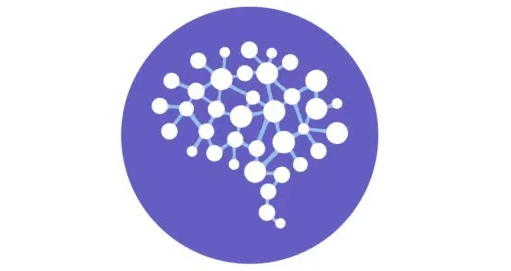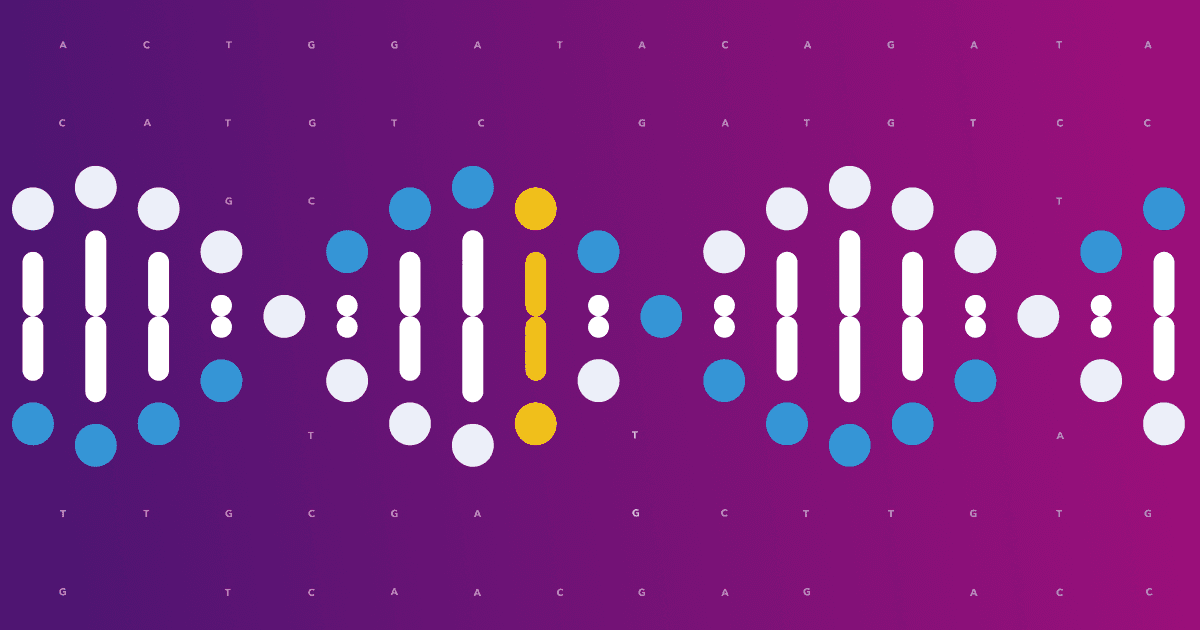Editor’s note: This post has been edited slightly since it first appeared in 2020.
A new study that uncovered dozens of genetic associations for why some people are left-handed or ambidextrous offers potential new insight into the human brain’s structure and function.

In the largest study of its kind, researchers in Australia uncovered almost 50 genetic variants associated with being left-handed or ambidextrous.
Using data from 1.7 million individuals, including more than 1.1 million 23andMe customers who consented to participate in research, scientists at the University of Queensland’s QIMR Berghofer Medical Research Institute, found that many different genetic variants — each with a small effect — influence a person’s “handedness.” But the study also showed that while genetics plays an important role, environmental influences have a more significant impact on which hand a person favors.
Right and Left Brain
Studying what researchers call “handedness” is significant because it offers insight into the brain’s lateralization. Lateralization refers to the tendency for different cognitive and neural functions — language, for instance — to be located on one side of the brain and not the other. In this study, the genetic associations with left-handedness may also point to influences on the development of brain tissue that is important for generating new neurons and other functions that regulate brain development.
“Although there is an enduring fascination with why some people are left or right-handed or both, understanding why some people are left-handed and others right-handed is also an important research question because handedness can influence brain structure and the way different functions are located within the brain,” said Professor Sarah Medland, co-senior author of the paper and head of QIMR Berghofer’s Psychiatric Genetics Group.
The researchers also found genetic correlations with being left-handed and schizophrenia and having bipolar disorder. This raises questions about whether this is related to the influence on brain structure and function found in this research.
Large Study Size
For this study, the researchers combined data from many different research cohorts. The study included data not only from 23andMe customers, but also data from the UK Biobank, and 32 other researcher institutions from around the globe.
All together it included data from about 1.5 million people who are right-handers, about 194,000 who are left-handers, and 37,000 who are ambidextrous. The study identified 41 genetic variants associated with being left-handed and seven associated with being ambidextrous. There is very little genetic correlation between being left-handed and being ambidextrous, according to the researchers.
The study appears in the journal Nature Human Behaviour.




